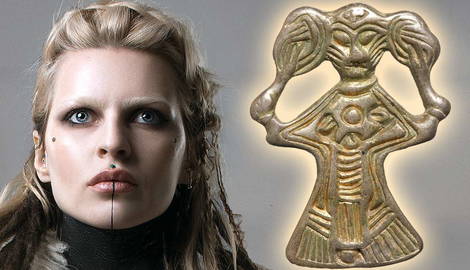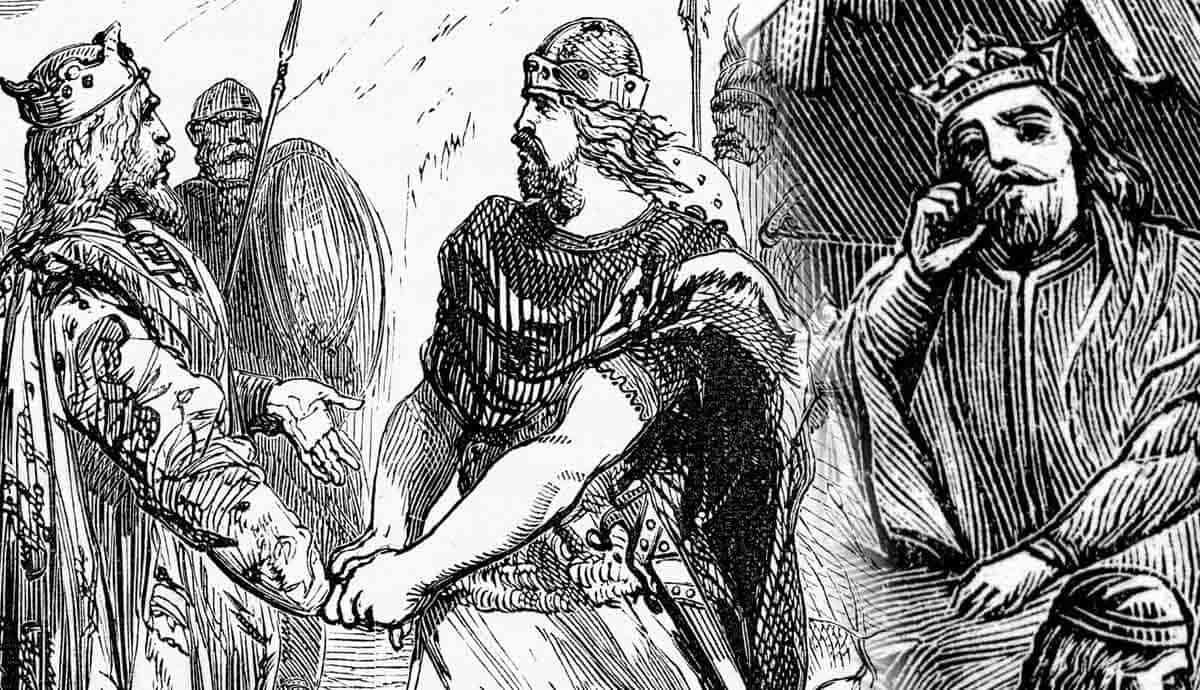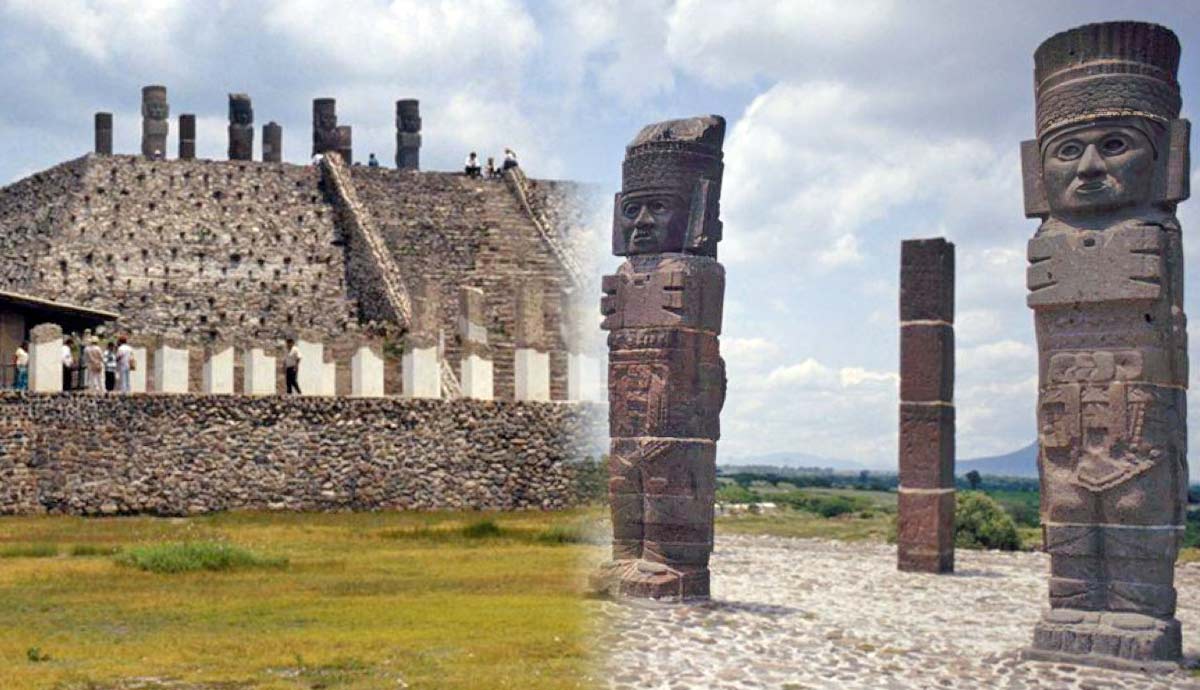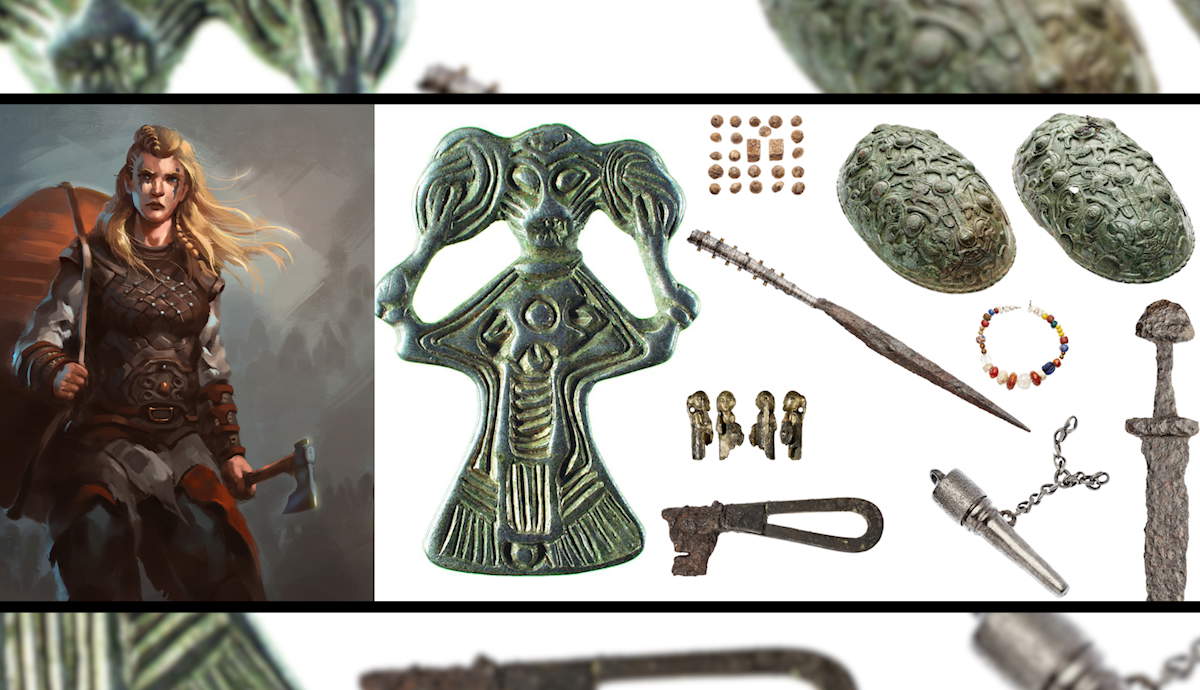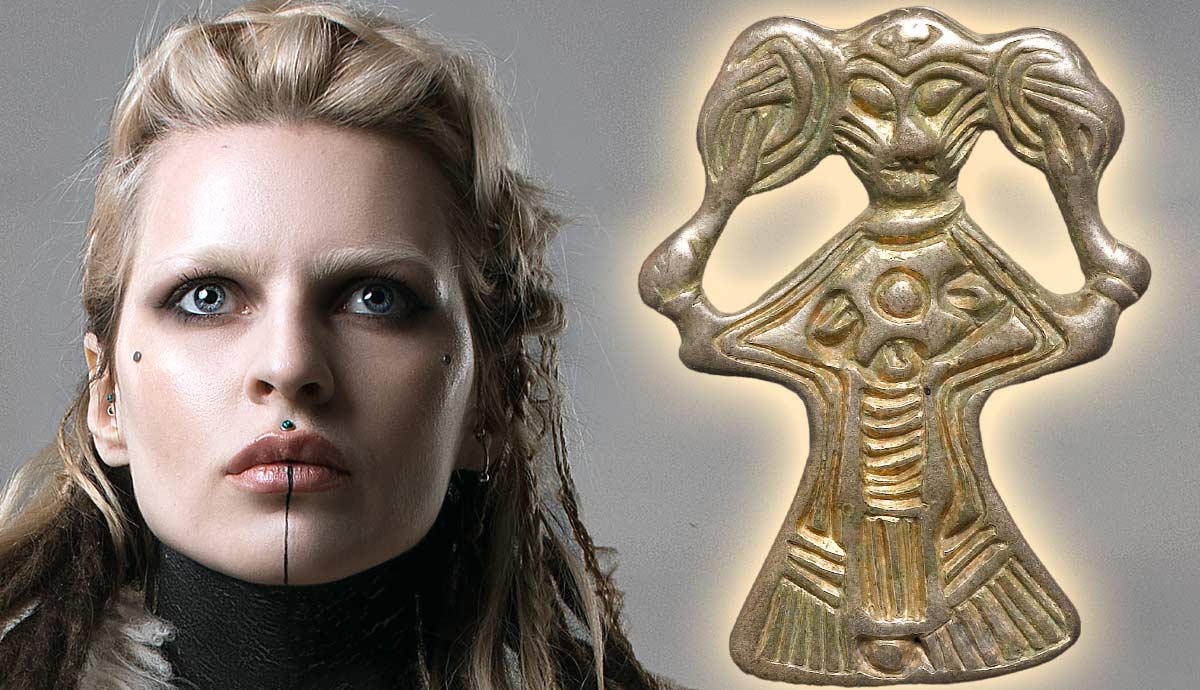
Witches in the Viking world were called “Volva.” This name means “wand-wed,” suggesting that these magic workers would not feel out of place in the world of Harry Potter. While they did carry staff-like wands, the Volva were mostly seeresses. However, they also cast spells for love, healing, and victory. While the Volva were respected and could not be turned away from a long hall, they existed outside of normal Viking society and were considered “other.”
Seidr Magic and its Origins

The Vikings believed in magic. They believed that their runic alphabet could be used to work magic spells. They also believed that certain rituals could allow them to see the future and that singing magical songs, called Galdr, could raise storms, blunt swords, and decide victory in battle. And, of course, they trusted in the occasional magic potion.
But while rune magic seems to have been principally the domain of men, (including hero runemasters like the famous Egill Skallagrimsson), the other side of magic was the domain of women. The magic practiced by these women was known as Seidr. The term Seidr derives from words meaning “to bind” or “cord/rope.” The practitioners were called Volva.
The Vikings believed that the art of Seidr magic came from the Vanir gods. There were two clans of gods in Viking mythology. First, the Aesir gods, led by Odin living in Asgard, who created Midgard and maintained order in the world. The Aesir were usually on friendly terms with the other group of gods called the Vanir, who were more chaotic beings associated with nature. They had their own realm called Vanaheim.
The Aesir and the Vanir gods did go to war near the start of time, but the conflict was resolved with a truce. As part of that truce, hostages were exchanged and the Vanir gods Njord, Freyr, and Freyja were sent to live among the Aesir. They brought with them Seidr, which was commonly practiced among the Vanir.
Odin was infamously covetous of knowledge. When the Vanir arrived, he asked Freyja to teach him the art, which he soon mastered. On one occasion he was ridiculed by Loki for engaging in such a feminine art. This did not bother Odin, who was confident in his knowledge and abilities. Still, the insult reflects the Viking belief that Seidr was a predominantly female art.
Attributes and Powers of the Volva

Based on the scant pieces of evidence sprinkled across the surviving sources, several attributes and powers can be associated with the Volva. First, the name Volva means “wand-wed,” and possession of a wand seems to have been a distinctive attribute of the Volva. However, this was not a Harry Potter-style wand, but rather a distaff, a longer wand used in the art of spinning. Spinning was considered a female task, so the association with the distaff reiterates the feminine character of Seidr.
The association with spinning also links Seidr with the Norns, the Norse fates that live at the base of Yggdrasil, the world tree. There, they write destiny through spinning the cords of fate. This suggests that the Volva in some way tugged on those cords to effect change.
One of the main skills associated with the Volva was prophecy but witches could also cast spells. On various occasions in the surviving sources, Volva are described as doing things such as raising storms, casting love spells, sending nightmares to kill someone in their sleep, affecting memory, and healing. These types of spells often seem to have been achieved by singing magical enchantments.

In one story, the god Thor gets a rock lodged in his skull in a fight with the giant Hrungnir. He goes to see the Volva Groa to have it removed. She begins to sing an enchantment, which starts to work. This makes Thor excited, and he tries to encourage her, but he makes the mistake of talking about her husband, who she thought was dead but is only lost. She becomes so emotionally overwhelmed that she forgets the spell. Thor lives the rest of his life with the stone lodged in his head.
The other thing that the sources seem to reveal about the Volva is that they lived outside of normal society. Instead, they wandered from town to town and farm or farm, where they were always welcomed in exchange for delivering prophecies and performing magic. They were treated with great respect on arrival and could speak with whomever they wished regardless of social rank. However, they were still considered “other”.
The Story of Thorbjorg

Only one extended account about the Volva survives, found in the Saga of Erik the Red; It tells of a woman named Thorbjorg who traveled around Greenland. When she arrives at Erik’s hall, her clothing is described in detail. She wore a floor-length blue or black cloak trimmed with precious stones sewn into the hem. She also carried a jewel-encrusted wand and wore a stunning crystal necklace, which may have been in imitation of Brisingamen, the necklace worn by Freyja. She had a pouch at her waist in which she concealed her other magical tools.
The Volva also wore a hood made of black lamb skin and trimmed in ermine fur, calfskin slippers, and wildcat skin gloves lined with ermine fur. Cats were associated with Freyja, so this may be another reference to the goddess. While her clothes are very rich, suggesting wealth and status, her shoes, gloves, and hood also suggest her wandering existence.
Upon arrival, she is treated with great respect. She is served a special dinner of goat’s milk and an assortment of animal hearts. Later, she is escorted to a high seat from which to conduct her art, made comfortable with goose-down pillows.
To complete her work, she needs a chorus of women to function as backup singers. They will sing the galdr that allows her to reach a state of ecstasy between life and death or between mortal and divine. It is when she is at this boundary that she can work her magic.
In the story, there are no women in the area who know the chants, except for a young woman called Gudrid, who learned them from her mother. But she is now a Christian, so she does not want to participate. In the end, she agrees and is praised for her contribution.
The Volva of Frykat

In addition to this story, the other strong piece of evidence that we have for the Volva is the 9th-century burial of a woman at Fyrkat in Oland, Sweden, who is believed to have been a Volva. She was buried in a rich carriage drawn by horses, which reflects her high status. She wore a blue and red dress with gold thread, reminiscent of that described in the Saga of Erik the Red. She was also buried with a wand or distaff, 82 cm (32 inches) long, made of iron, and decorated with bronze details. She wore several silver toe rings, which were unusual among the Vikings.
Other pieces buried with her seem to be indicative of her practice. She had a small silver amulet in the form of a chair. This would seem to reflect the chair on which the Volva sat to deliver their prophecies.
She had a silver brooch plated in gold that contained white lead powder, which is toxic. It may have been used in certain rituals. She also had a small purse containing poisonous henbane seeds. When rubbed onto the skin as a salve, these can cause hallucinations. She also had bowls, animal bones, and other ritual objects.
The Voluspa

While the Saga of Erik the Red and the burial at Frykat suggest that human Volva were respected among the Vikings, they also seem to have been respected by the gods. The Volupsa is one of the most famous texts from Norse mythology, the title meaning “prophecies of the Volva.” It was probably first composed in Iceland in the 900s, and then added to over the centuries.
Odin used his own magical powers to summon a powerful Volva from the underworld to share her wisdom with the gods. She recounts the events of all history from the very beginning of time before even Odin existed. She then relates the prophesied events of Ragnarök, which will see the death of all the gods.
Sadly, the Volva lost their position in society with the rise of Christianity. Several 13th-century Nordic laws outlawed specific practices associated with Seidr, including the carrying of wands.
